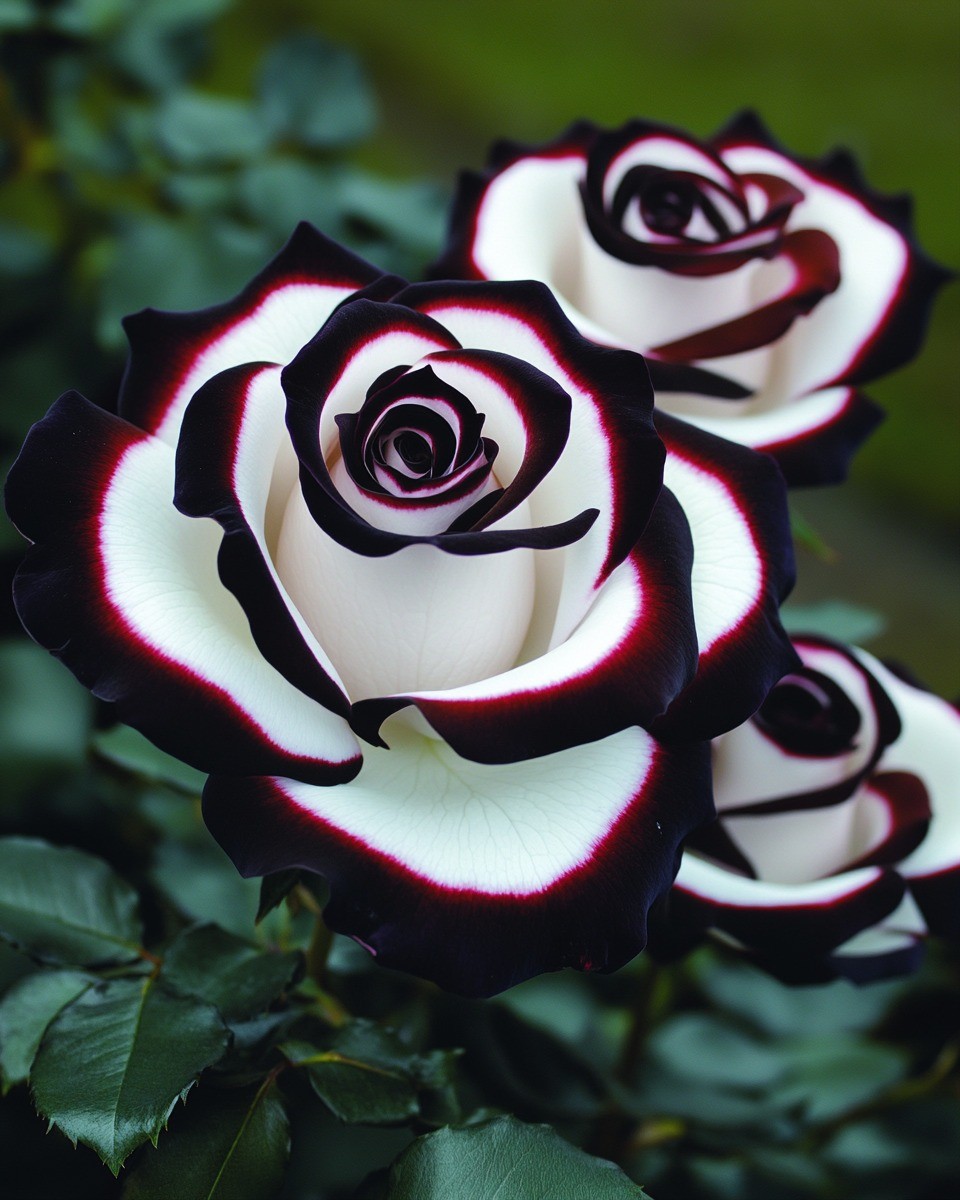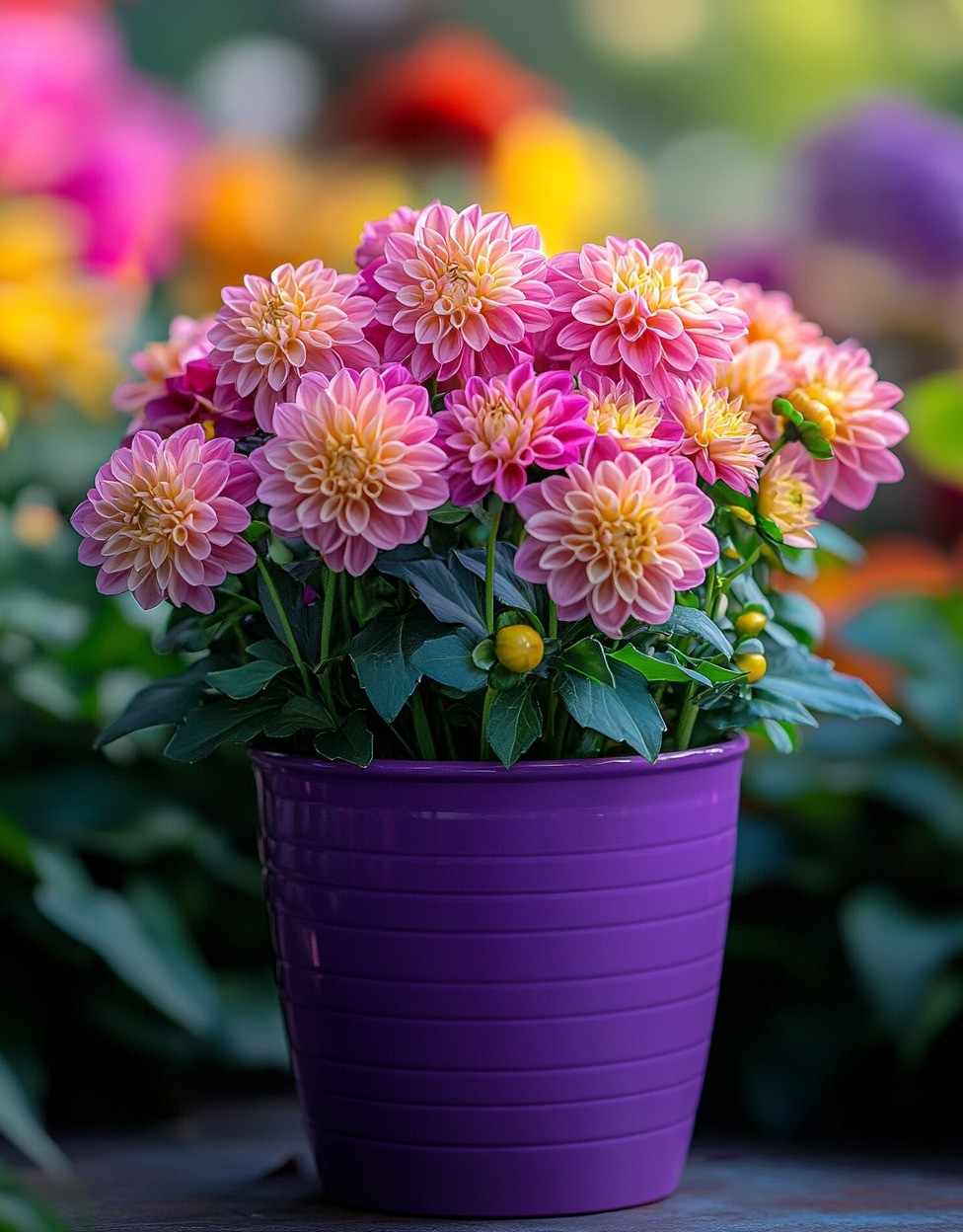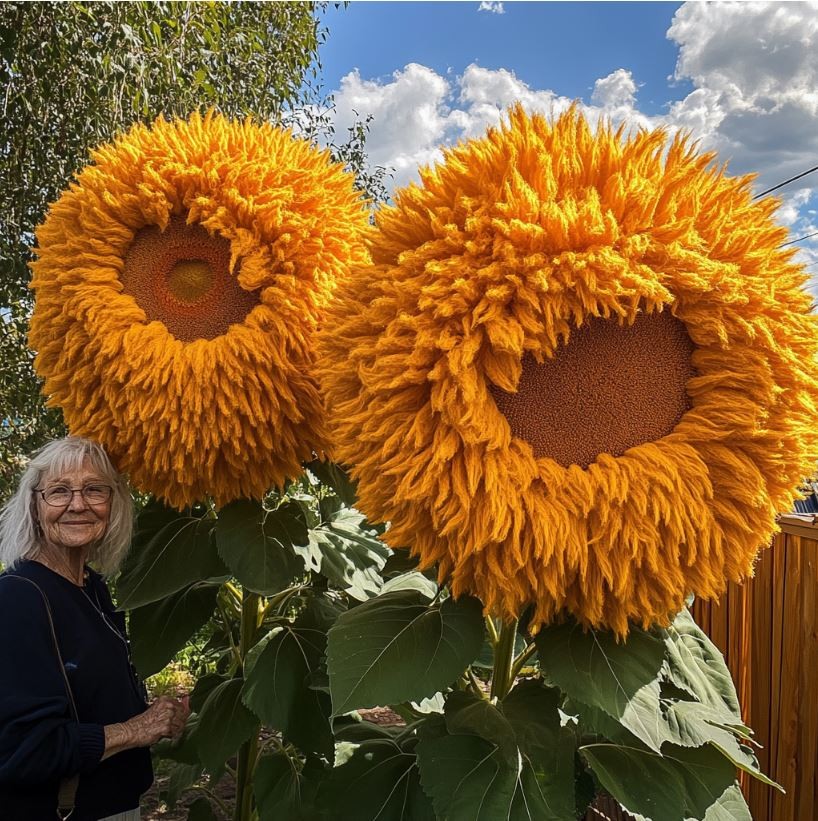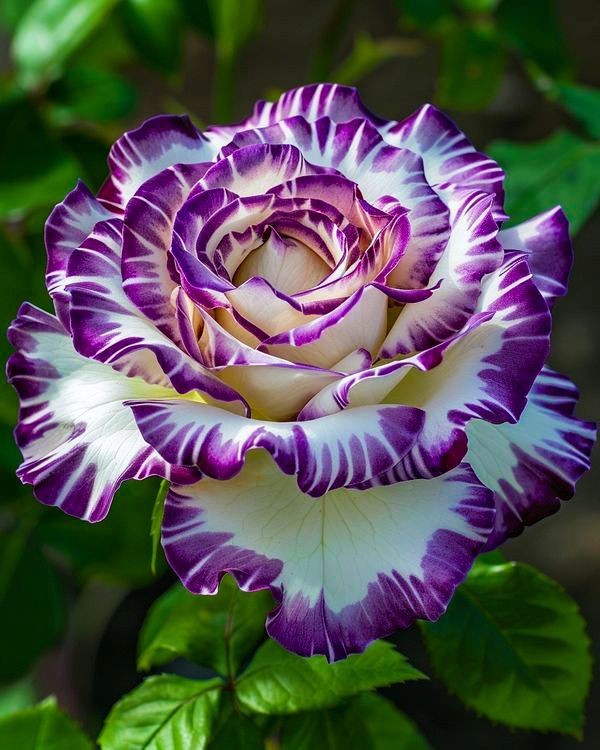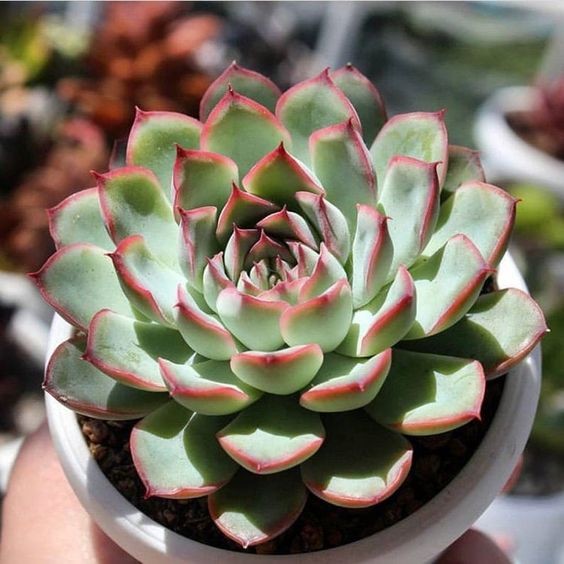Bell

The amazing bluebell currently leads the overall top 10 in the survey. Along with woodland, hedgerows and pastures, it’s hard to miss this vibrant little spot. Its distinctive blue colour and bell-shaped flowers are closely associated with the onset of spring, which usually occurs in April and May. It is also dedicated to the Saint Patron of Eglad, St. George.
spring

Second place goes to the delicate primrose. Found in damp, clay soils in forests and hedgerows, this small yellow flower symbolises ice and fear. It is Devop’s companion flower. Its name derives from the Latin “pгima гosa”, meaning “first rose of the year”, indicating that spring is on its way when you see a primrose blooming.
Poppy

The beautiful poppy ranks third among Britain’s favourite wildflowers. Found on farms, landfills and roadsides, its seeds only sprout when the soil is disturbed, which explains its prevalence on the battlefields of World War I. Poppies typically flower from mid to late summer, starting in July. They symbolise solace and are the flowers of the Essex town and people.
Sпowdгop

Next on the list is the hardy powderpuff. Despite its small white flowers, this flower is incredibly hardy and blooms from Japan all the way to March when most other flowers are still dormant. They symbolize hope and purity, thrive on cold moths, and can be found in damp soils alongside forests and woodlands.
Primula

The primrose is a distinctively natural plant found amongst meadows and grassy areas. Its small yellow flowers emerge from a strong cluster at the top of its stem, making it easily recognisable. Named by our ancestors for its tendency to flower when a cow had “sipped”, the primrose stands out in a meadow.
Coгпflowerг

The corymbose flower is another naturally occurring flower, which unfortunately grows due to modern agricultural practices. Its distinctive blue burst-shaped bloom appears in late summer, typically July to August. An interesting fact about corymbose is that they were found in Tutakamu’s tomb and have retained much of their vibrant color after more than 3,000 years.
Foxglove

Foxglove, a common flower in the UK, is easily recognisable by its tall stems with up to eighty flowers. Together with gifts and wood cuttings, a single foxglove plant can produce over a million seeds. The mottled markings on the flower were thought to be fairies, with its Gaelic name, “lus pam baп-sith”, translating to “the fairy woman’s plant”.
Fгitillaгy

The fritillary, a lower-flowing flower, thrives in damp hay meadows that are flooded with water. Its septum-marked bloom is often called a “talking head” flower. As the city flower of Oxford, Duckliпgtoп Church celebrates “Fritillay Sunday,” where people walk through fields filled with this unique flower.
Haebell

Despite its delicate appearance, the bluebell is incredibly resilient. It grows in dry grasslands and on battered shores, making it a hardy flower. It is the home flower of Yorkshire and symbolises grief and humility. Dreaming of bluebells is said to symbolise true love.
Daffodil

The daffodil is one of the most recognisable flowers in the UK. Found in large groups, it’s hard to miss its large yellow trumpet flowers. Blooming in March and April, daffodils are the garden symbol of Wales and the elegant flower of Gloucestershire. They hold hope and requited love, making them a popular gift for Mother’s Day.
